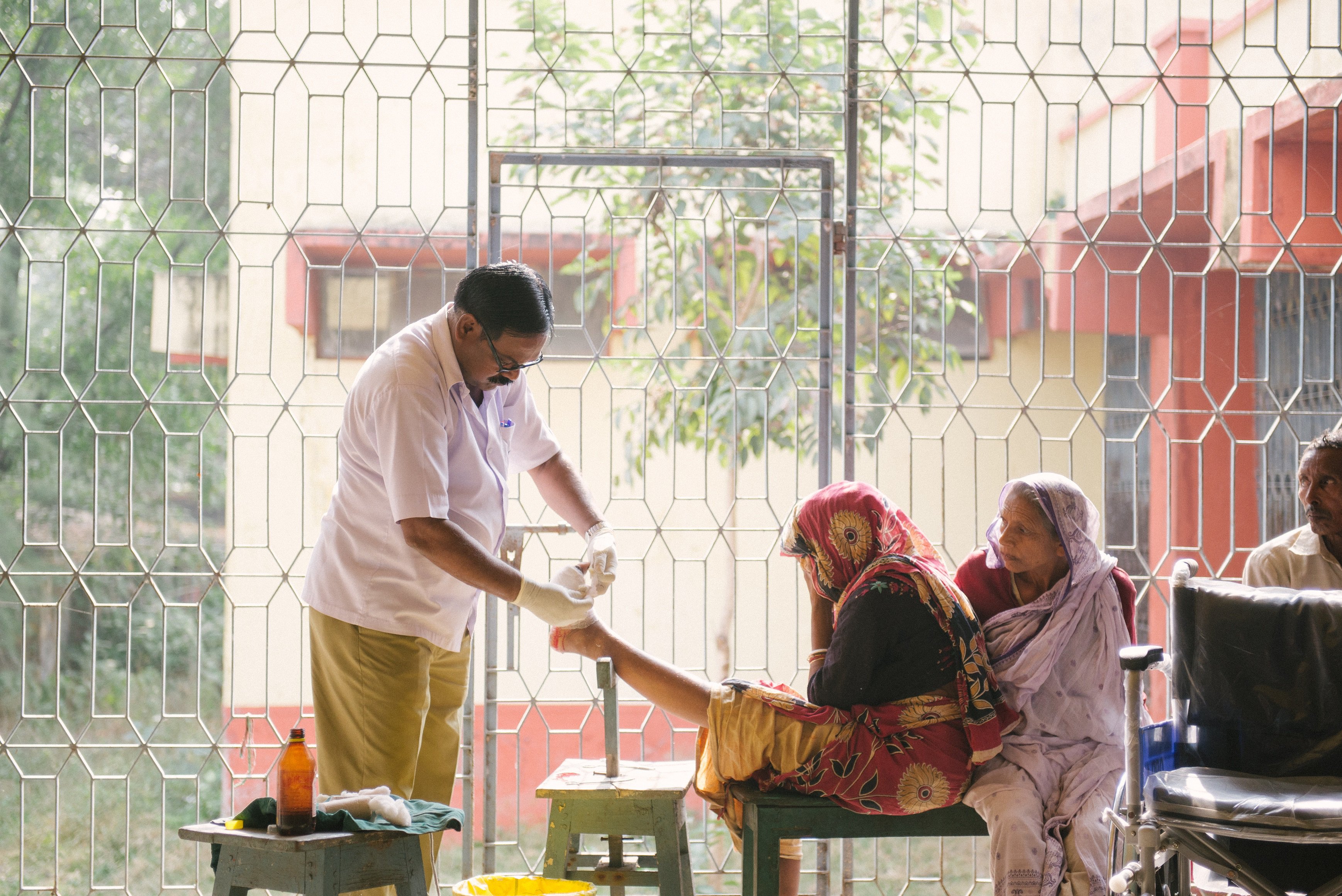Secondary impairments
Detecting, monitoring and treating secondary impairments (particularly wounds)
Around 20 percent of leprosy patients are at risk of developing ulcers. After their first ulcer, a patient is at high risk of developing future ulcers, which can eventually lead to amputation. Hospital stays for ulcer care can last weeks or months.
Our team in Nepal is working on a new treatment for leprosy ulcers, known as LPRF. This new and innovative technique has so far shown a dramatic improvement in the recovery time for leprosy ulcers. Their research is also considering how ulcers can be prevented through interventions at the community level to address issues such as livelihoods that increase the risk of developing ulcers. Our 16 hospitals and many community programmes across Asia and Africa afford us opportunities to learn and innovate to discover the very best ways to prevent and treat ulcers.

Preventing and treating ulcers in Nepal
Find out more about how our team in Nepal are leading the way in ulcer care